It’s hard for gardeners to say good-bye to the flavors of summer. We labor from early spring to the dog days of August for a taste of heaven fresh from our backyard. We try everything to prolong that pleasure into fall and beyond. But eventually autumn’s chill comes to stay and our gardens for their winter slumber. We can’t slow the passage of time, but we can preserve those summer flavors using vinegars, wines, and oils. All you need to add is herbs and seasonings from your garden, glass jars, and a little time.
Selecting Vinegars
There are four kinds of vinegar most commonly used. Wine vinegar is attractively priced for the flavor it provides. Cider vinegar is good in fruit salad dressings or anywhere a sweet flavor is desired. The distinctive flavor of balsamic vinegar is excellent on meats but it can be too strong for some tastes. Try it first on a chicken marinade before using it to make an herbal vinegar. Distilled white vinegar is the cheapest and the least flavorful. Use it only if nothing else is available.
The potency of vinegar is measured by its acidic content. The Food and Drug Administration requires a minimum of four percent acid. Canning requires a five percent solution. For herbal vinegars look for ones with six or seven percent acid.
Wines For Flavoring
Wine is an ideal foundation for an herbal infusion. Its low acid and alluring taste provide an excellent additive to many foods. Add herbs and you’ve got a winner.
There are as many wines to choose as there are days in the year. White wine is probably the most versatile for flavoring and cooking. If you are new to cooking with wine, try a Chardonnay or Rhine wine. Red wines are more hearty and blend well with red meats, beans, tomatoes, and berries. Try a Burgundy or a Cabernet Sauvignon for flavoring.
Adding Herb Seasoning
Once you’ve selected a liquid base, consider what ingredients to add. Combine flavors that fit your personal tastes. I’ve provided some recipes but here’s a few blends you might like too:
- Garlic, onion, and basil
- Rosemary, thyme, and oregano
- Cilantro, red peppers, and garlic
- Dill, salad burnet, and lemon thyme
- Lemon peel, dill, and black pepper
- Lemon grass, lemon peel, and ginger
Making Your Vinegar
When preparing to make herbal flavorings, gather two types of glass containers. The steeping containers should be quart-sized or larger with wide mouths – canning jars are ideal. The second group are decorative bottles for the finished product. Check out garage sales and thrift stores for good buys on unusual containers. Be sure all lids and stoppers are non-reactive – cork, glass, plastic. Don’t let the vinegar or wine come in contact with metal or rubber as it will corrode.
Use clean fresh herbs and other ingredients free of external moisture. Water will cloud vinegar and make it unattractive. To every cup of vinegar or wine add one half cup of loosely packed fresh ingredients. Gently crush or bruise all seasonings to release their flavors more quickly. Use a wooden spoon to submerge the ingredients and stir out air bubbles. Add dried flavoring, as desired. Place in a clean glass, ceramic, or porcelain container, pushing the seasonings down.
Tape a label to the jar with the ingredients and the date. Cover tightly and allow wine or vinegar to steep 4-6 weeks. If the flavor isn’t strong enough, replace the seasonings, cover, and wait another 3-4 weeks. If the liquid becomes discolored or cloudy from bacterial growth, throw it out.
When the flavorings have done their job, strain the liquid first through a sieve and then through coffee filters. Discard the spent flavoring. Decant into labeled glass bottles. For decoration you may add a fresh sprig of herb, a whole chili, or a wedge of citrus. If giving it as a holiday gift, decorate with raffia or ribbon. Include a small card with suggestions for use.
Using Your Summer In a Bottle
Whenever you cook, reach for your flavored infusions. Splash a teaspoon or two of vinegar on steamed or microwaved vegetables to keep their color and hold in vitamins. Try substituting up to half a cup of wine vinegar in recipes that call for water. And of course, equal parts of olive oil and flavored vinegar makes the best vinaigrette.
Liquid infusions are easy and inexpensive to make. All you need is flavoring herbs from your garden, clean glass containers, and quality vinegar or wine. Use them to brighten your meals through the holidays and into the spring.


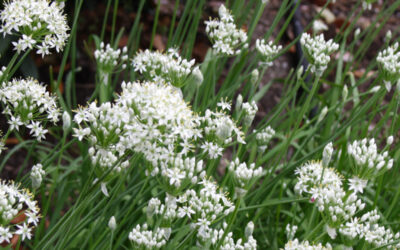
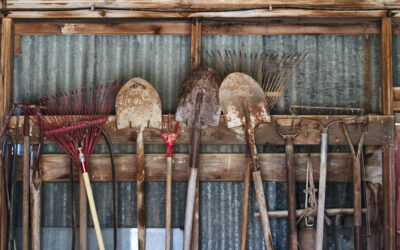
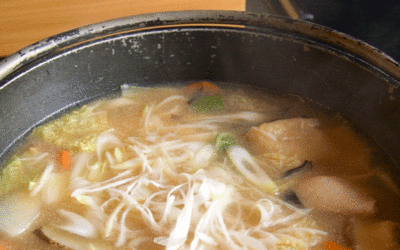
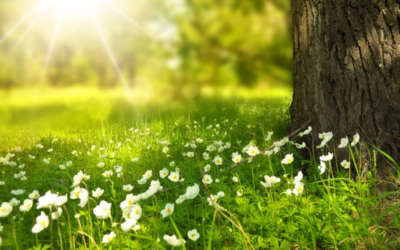

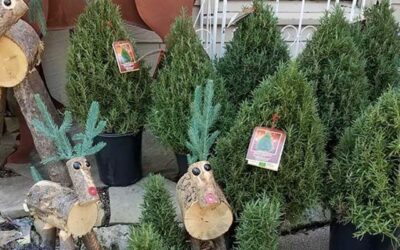


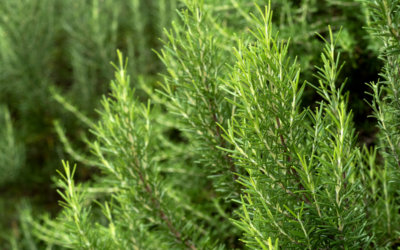


0 Comments